Four legs are good, two legs are better, but the six legs of insects are definitely best if you ask the founders of Six Foods, a Cambridge-based company that aims to add a new source of protein to the average American’s diet. Laura D’Asaro, Rose Wang and Meryl Natow are on a mission to incorporate insects into the Western diet, starting with the company’s first product, “Chirps,” which are available for pre-order during October, with a planned shipping date for November.
The baked Chirps chips, which are made from beans, rice and cricket flour, serve as the small company’s first move toward promoting entomophagy: the practice of eating insects for dietary benefit.
“Like any other fear, you have to figure out that it [eating insects] is not dangerous,” Wang said. “It’s only recently in our history that we’ve stopped eating insects.”

In fact, Western populations have come to comprise a minority of non-bug eaters. There are more than 1,900 species of edible insects on Earth, and about 2 billion people around the world are regularly consuming insects every day, according to a May 2013 report released by the Food and Agriculture Organization of the United Nations. Strong promotion for entomophagy comes from hunters and gatherers of the past, numerous Asian and African nations of the present and now, Six Foods.
To ease Westerners into the idea of munching on these creepy-crawlies, Six Foods is introducing insects as a food source through items that the Western palate is already familiar with, such as chips and cookies.
“We’re going for mass market,” Wang said.
In addition to Chirps, Six Foods has also developed the “Chocolate Chirp Cookie,” which is a chocolate chip cookie made with cricket flour. The cricket flour is made by roasting and grinding crickets into a powder. This powder is then used much like regular flour in combination with the usual ingredients in chips or cookies.
So far, Six Foods’ strategy has been met with success. In April, the startup created a Kickstarter to fund the production and distribution of Chirps, which raised $30,000 in just three days. Wang, D’Asaro and Natow have made Chirps available for online purchase but also hope to move the product into health food stores around Boston.
But product development is only part of the company’s equation. They also must build a fan base. Munching on cricket snacks brings a stigma of the creepy and crawly — a hurdle that some people just can’t quite get over.
“Nope, never,” said Saba Aziz, a graduate student in the Boston University College of Communication when asked if she would ever consider eating a product made from insects. “Just the thought of chewing on a crunchy mosquito makes me sick. Besides, I’m a safe eater. I don’t like to experiment much with my food.”
But beyond the Western stigmas associated with eating insects are strong environmental and nutritional benefits that the three founders believe outweigh the fears. Wang said the benefits of eating insects, compared to eating traditional sources of protein like beef, can be seen with concrete calculations.
Crickets provide 31 grams of protein and 8 grams of fat per 200 calories, while cows provide 22 grams of protein and 15 grams of fat per 200 calories, she said. Crickets require one gallon of water and two gallons of feed to produce one pound of meat, but cattle require 2,000 gallons of water and 25 bags of feed to produce the same amount of meat.
Additionally, crickets emit significantly less greenhouse gases than their four-legged counterparts.
Support for the dietary practice is by no means foreign to the food industry. The FAO has been releasing publications, information guides and conference summaries in support of entomophagy for years, such as their aforementioned 2013 report.
An estimated 70 percent increase in food production by the year 2050 will be necessary for sustaining a global population that is expected to increase to 9 billion people, the report stated. With 70 percent of agricultural land use already devoted to livestock production, food producers like D’Asaro, Wang and Natow are bringing entomophagy to the table and hoping to prove its use as an alternative food source in an ever-expanding global community.

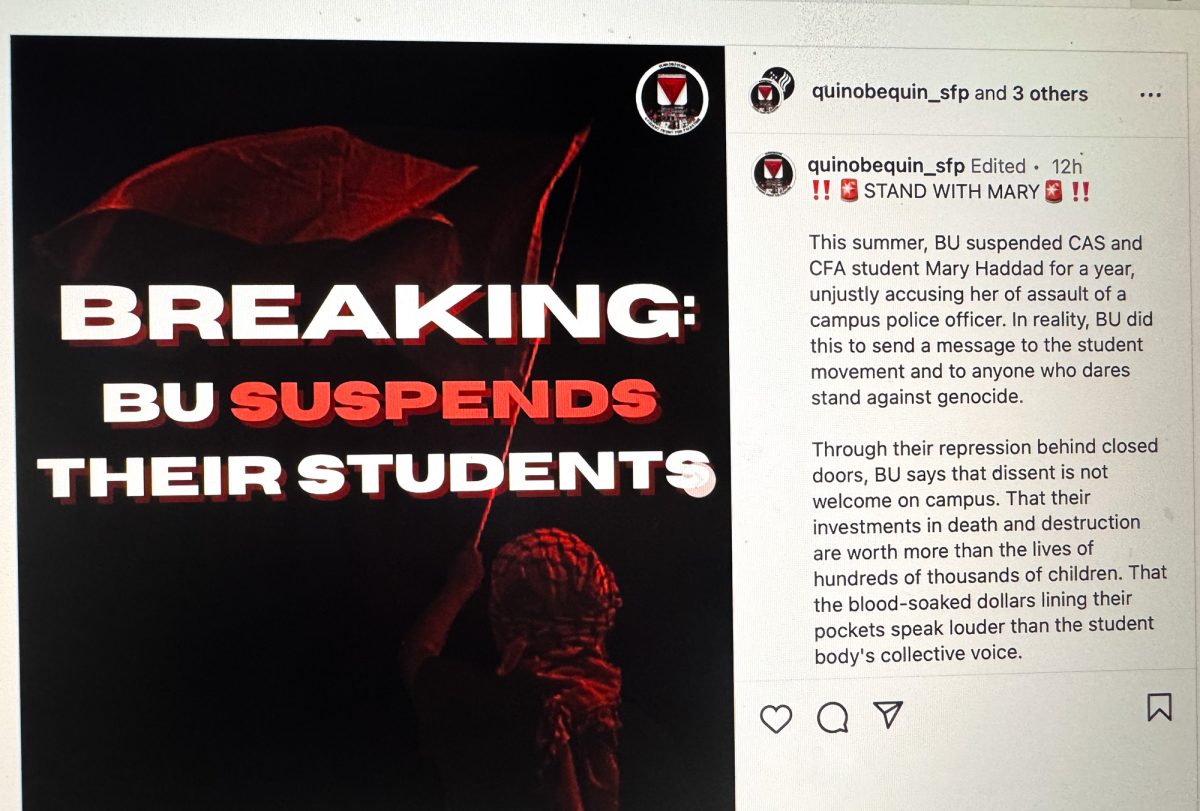
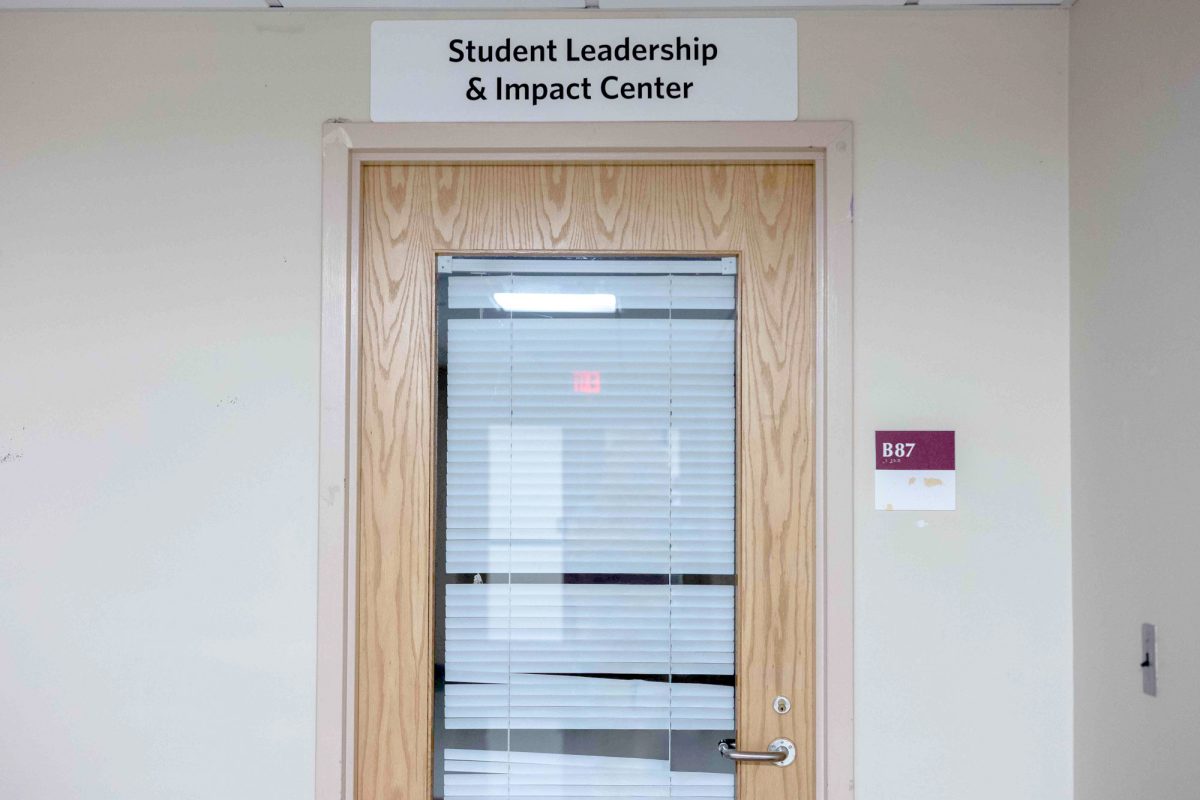




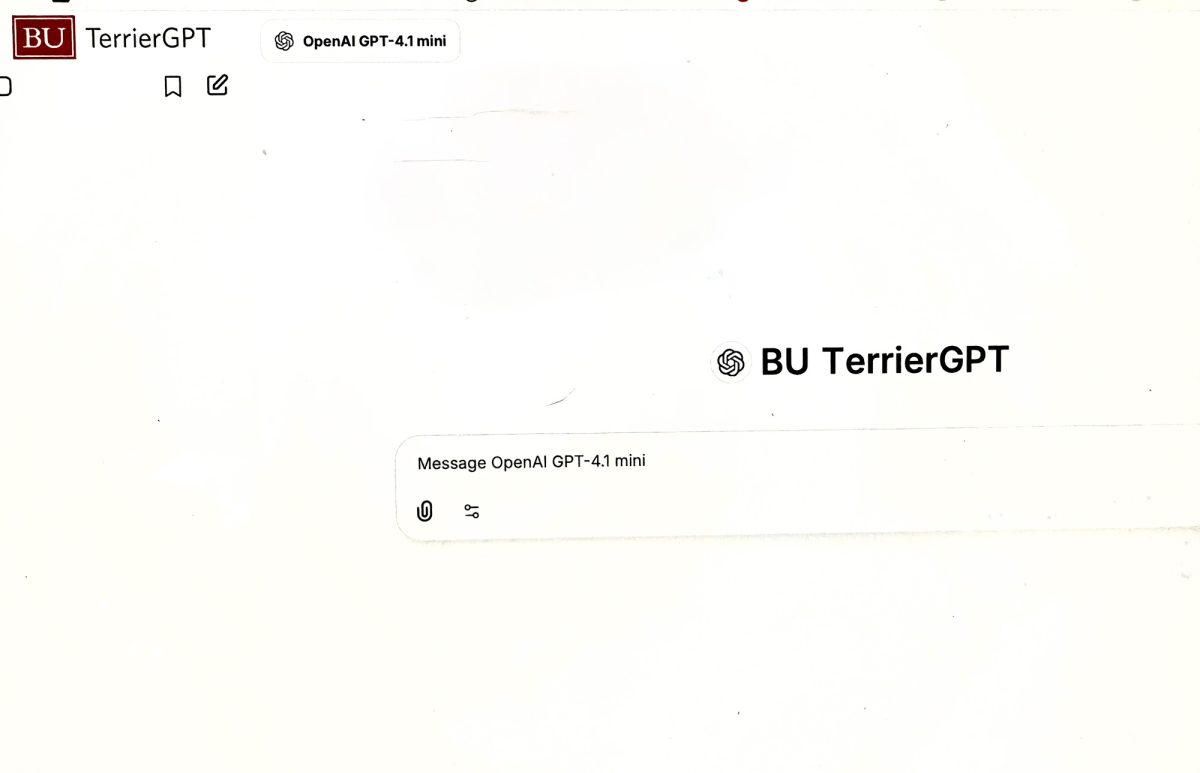

















































































































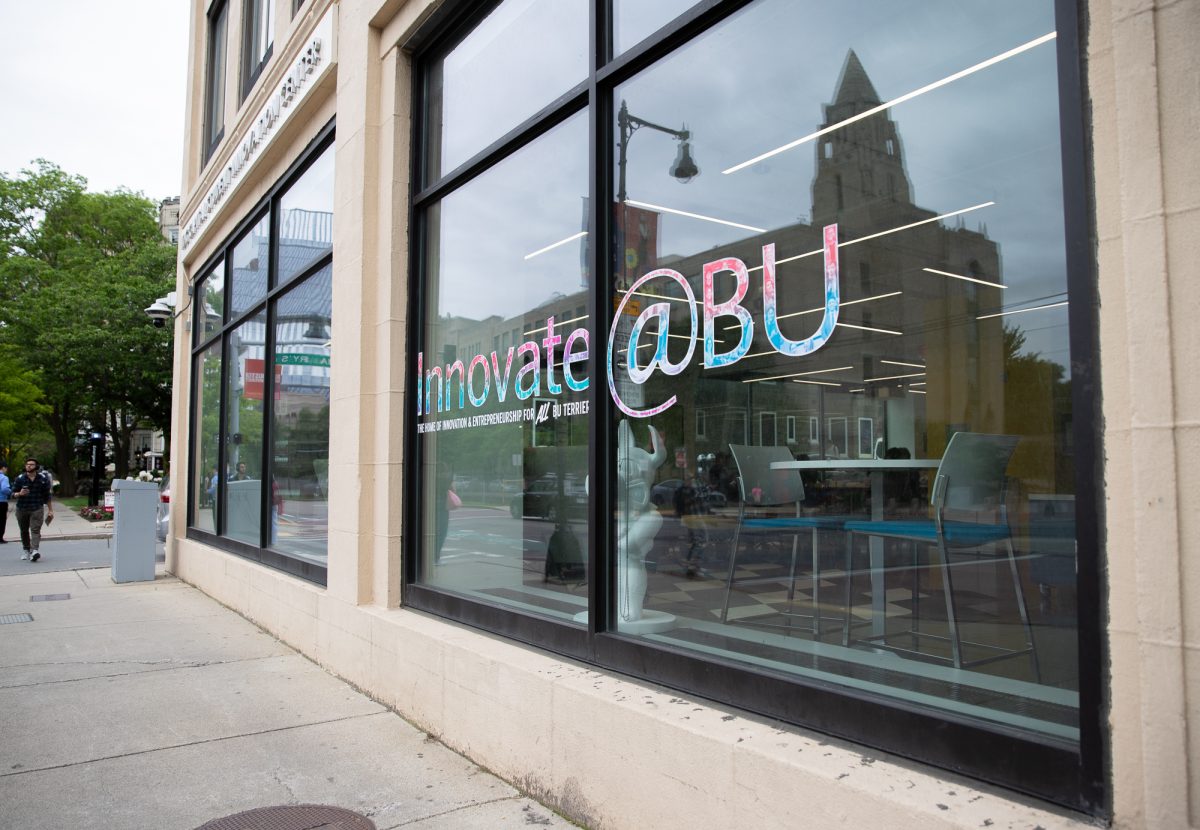

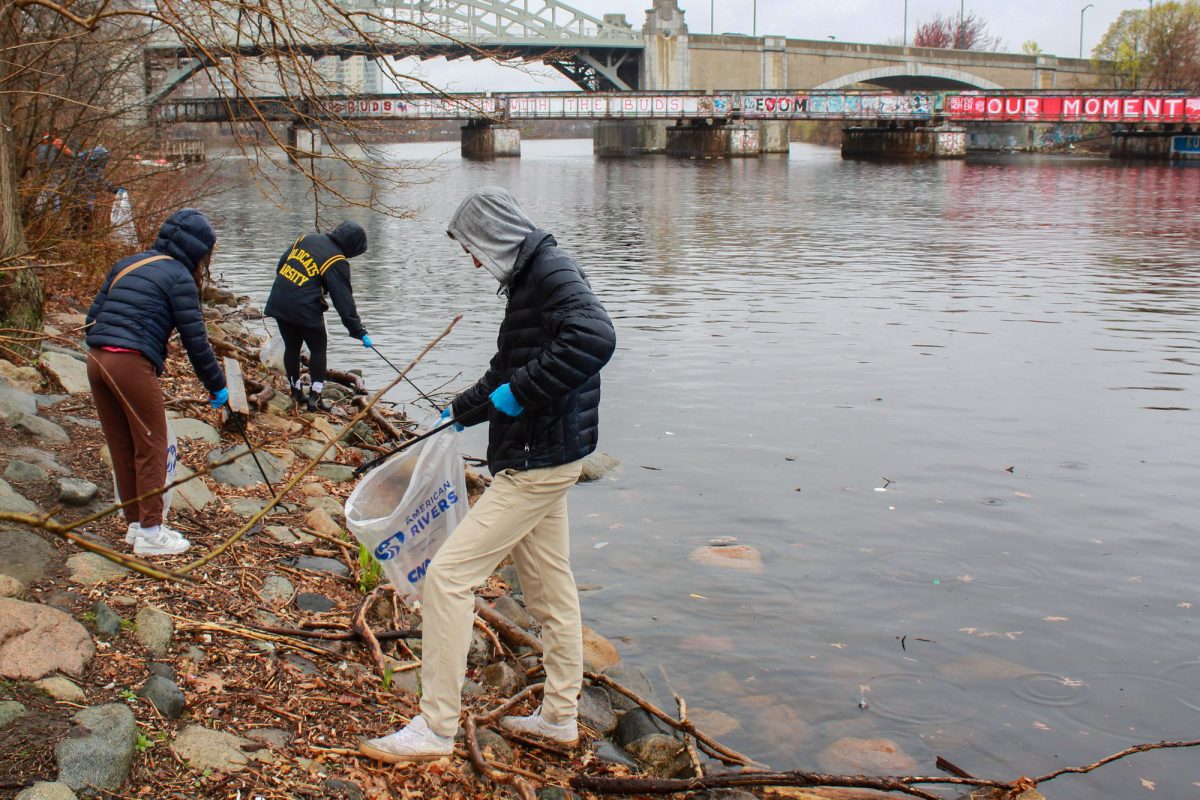

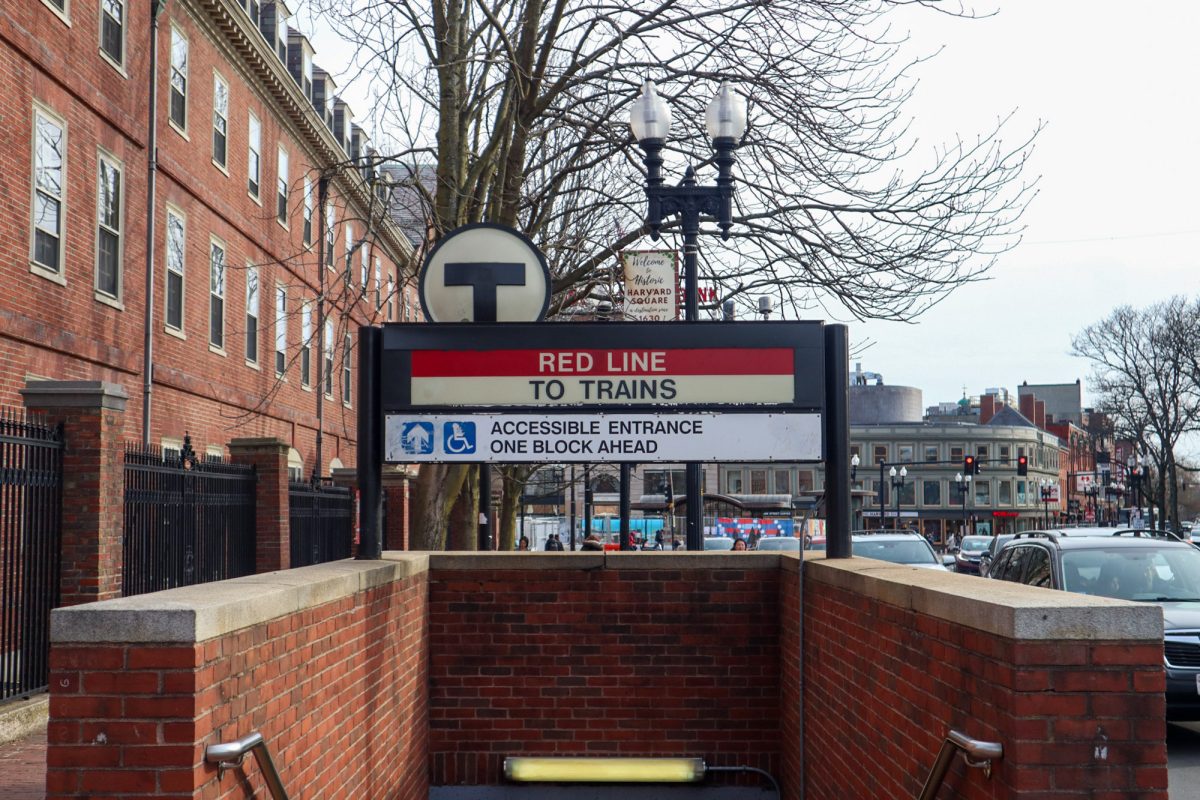
M Mukunyadzi • Nov 6, 2014 at 10:06 am
I can’t wait to try some.
Concerned Consumer • Oct 14, 2014 at 5:33 pm
I dared my boss to try them and he said “Yes!”